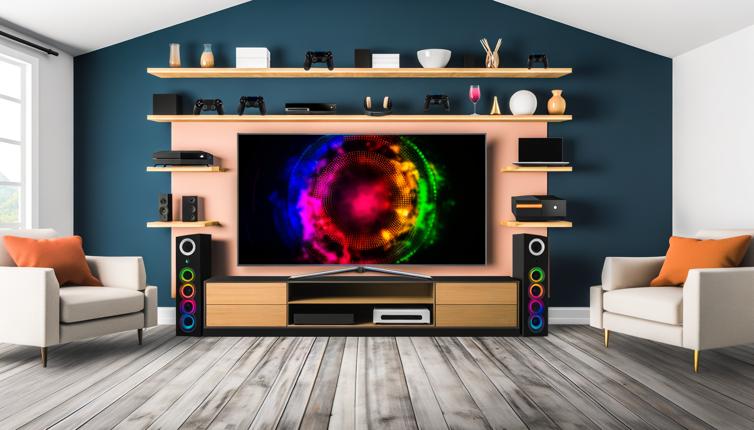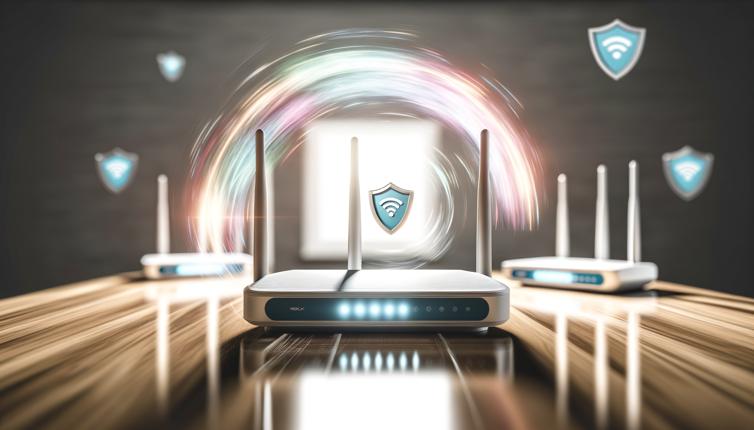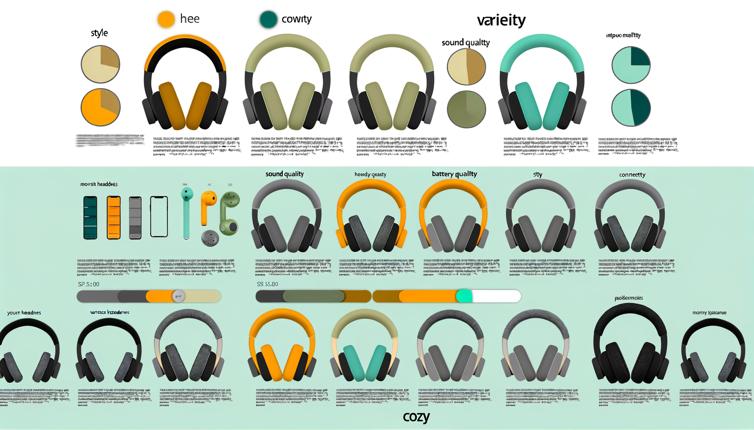Resolution
Resolution refers to the number of pixels that make up the display of a TV. It is an essential factor to consider as it determines the level of detail and clarity you can expect from your TV. The most common resolutions available in smart TVs today are Full HD (1920x1080 pixels), 4K Ultra HD (3840x2160 pixels), and 8K Ultra HD (7680x4320 pixels).,If you enjoy watching movies or playing video games with high-quality graphics, a higher resolution TV, such as a 4K or 8K TV, would be a better choice. However, it's important to note that the content you watch must also be available in that resolution to fully enjoy the benefits.,On the other hand, if you mainly watch regular TV shows, sports, or play casual games, a Full HD TV would still provide a good viewing experience at a more affordable price.,When considering the resolution, it's also essential to think about the size of the TV and the viewing distance. As the TV gets larger, the pixel density decreases, and you may need to sit further away to fully appreciate the higher resolution.,In summary, choose a resolution that aligns with your viewing preferences, content availability, and budget.
HDR (High Dynamic Range)
HDR stands for High Dynamic Range and refers to the TV's ability to display a wider range of colors and contrast compared to standard dynamic range TVs. It enhances the visual experience by providing more accurate and vibrant colors, brighter highlights, and darker shadows.,There are different HDR formats, including HDR10, Dolby Vision, HLG (Hybrid Log-Gamma), and HDR10+. HDR10 is the most widely supported format and is compatible with most streaming services and devices. Dolby Vision offers a more advanced HDR experience but requires content specifically encoded in Dolby Vision.,When choosing a smart TV, look for one that supports at least HDR10. This ensures compatibility with a wide range of HDR content sources, including streaming services like Netflix and Amazon Prime Video.,Ultimately, HDR enhances the overall image quality and brings out the details in both bright and dark scenes. It's a feature that can significantly improve your viewing experience, especially when combined with a higher resolution display.
Platform Compatibility
The platform or operating system of a smart TV determines the user interface and available apps. The most popular platforms include Android TV, webOS, Tizen, and Roku TV. Each platform has its own unique features, app availability, and user experience.,Android TV is widely supported and offers a vast selection of apps and games from the Google Play Store. It also integrates well with other Android devices, allowing you to cast content from your smartphone or tablet.,webOS, developed by LG, offers a user-friendly interface and quick access to popular streaming apps like Netflix and Amazon Prime Video. It also supports voice control and smart home integration.,Tizen, developed by Samsung, provides a smooth and intuitive user experience. It offers a wide range of apps, including popular streaming services, and supports voice control through Bixby.,Roku TV, known for its simplicity, offers a straightforward interface and access to a large number of streaming channels. It's a great option if you prioritize ease of use and app availability.,When choosing a smart TV, consider the platform that aligns with your preferences and app needs. It's also worth checking if the platform offers regular updates and supports new features in the future.
Conclusion
Making the right choice in smart TVs involves considering the resolution, HDR capabilities, and platform compatibility. By understanding your viewing preferences, content availability, and budget, you can select a smart TV that provides an immersive and enjoyable entertainment experience. Remember to also check for additional features like smart home integration, voice control, and regular software updates to make the most of your investment.









